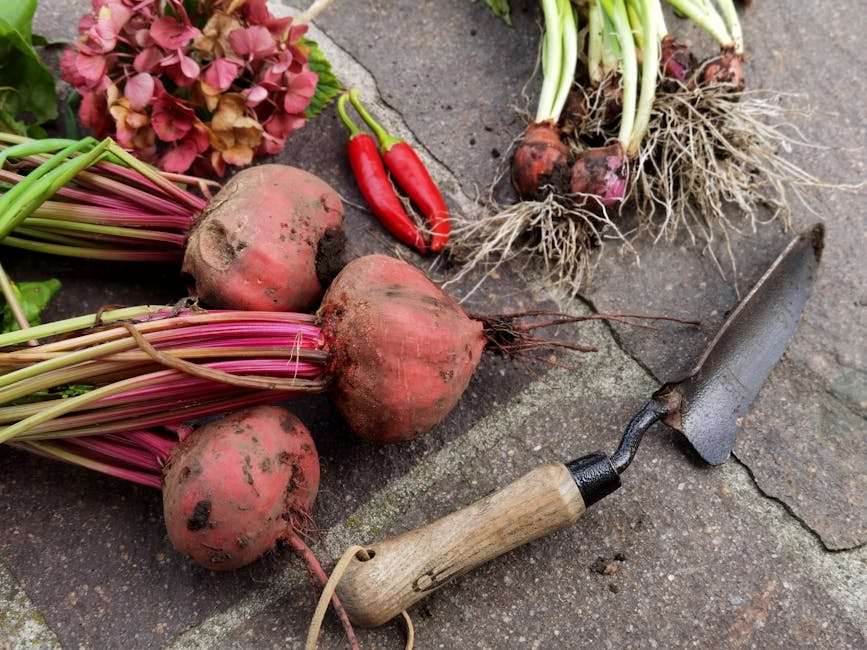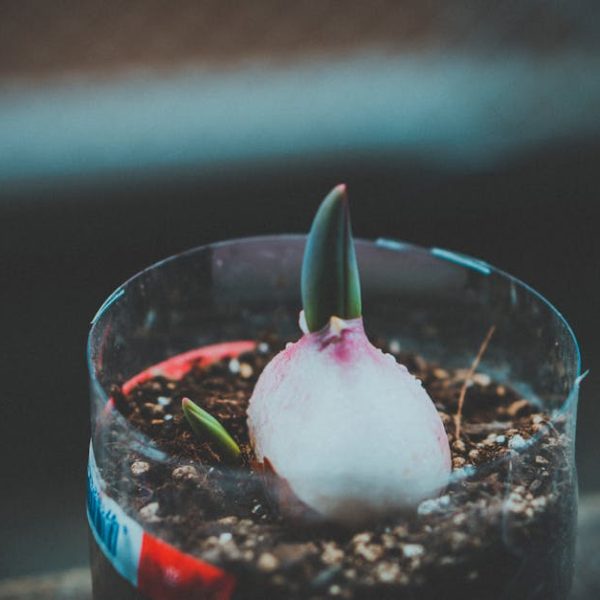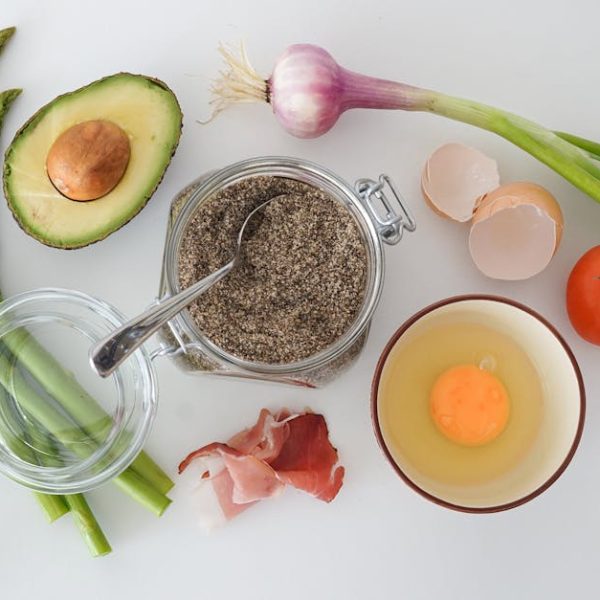The jewel-toned world of beets is more than just attractive; it’s healthful. Beets, with their magnificent color, sweet flavor, and extraordinary nutritional value, are worth including in our diet – and preserving ensures we can enjoy their benefits all year-round. Let’s dive right into the heart of five simple and effective methods to preserve beets at home, providing you with detailed insights and guidelines for each process.
Pickling Beetroot: A Tangy Way to Preserve
Pickling is a great way to enjoy beets and extend their shelf life. This method typically involves creating a pickling solution with vinegar, water, sugar, and selective spices. Spice up your pickled beets by adding cinnamon sticks, whole cloves, or fresh dill for a flavor boost.
- Step-By-Step Guide to Pickling Beets:
1. Wash the beets and trim off their tops.
2. Boil the beets until they are tender.
3. After letting them cool, peel and cut the beets.
4. Prepare your pickling solution on the stovetop, then add the sliced beets.
5. Pack the beets with the pickling solution into clean jars and seal them.
Pro Tip: For maximum flavor, leave your pickled beets in the fridge for at least a week before eating. This allows the acidity and spices to develop fully and infuse the beets with a richer, deeper flavor.
Freezing Beets: A Quick Option for Long-Term Preservation
Freezing is another effective method to preserve beets, locking in nutrition without compromising the taste. However, beets should be blanched before freezing to kill any microorganisms and enzymes that could spoil them.
- Checklist: Blanching and Freezing Beets
1. Wash and trim the beets.
2. Boil them until they’re just tender enough to be pierced with a fork.
3. Cool them quickly in an ice bath, then peel and cut.
4. Lay the beets in a single layer on a baking sheet and flash freeze before storing in freezer-safe bags.
Freezing can be a double-edged sword – it’s undoubtedly a quick and easy method, but it can also change the texture of the beets, making them softer. Yet, if you’re planning on using them in cooked dishes, this isn’t necessarily a downside!
Canning Beets: A Traditional Method with Charm
Canning is a time-honored method for preserving beets. Through this process, beets are sealed in jars and heated to kill any microorganisms, creating a vacuum seal, keeping the beets fresh for a long time.
- Step-by-Step Guide to Canning Beets:
1. Start by washing and trimming the beets, then boil until tender.
2. After cooling, peel and cut them into preferred sizes.
3. Pack the beets into clean, sterilized jars.
4. Fill the jars with hot water, leaving an inch of headspace, then wipe the rim clean and secure a canning lid.
5. Process the jars in a hot water bath canner (or pressure canner) following the manufacturer’s instructions.
Best Practice: Always check the seal on the cans before storing; if the lid has a give when pressed, it’s not properly sealed and must be processed again or refrigerated and consumed shortly. Canned beets should be stored in a cool, dark place for optimal preservation.
Drying Beets: An Ancient Technique With Modern Appeal
Drying beets isn’t only one of the oldest methods to preserve food; its simplicity and versatility make it an appealing choice, even in our modern fast-paced world. Drying ensures that the stored beets occupy minimal space and open up a whole world of culinary options, from grinding into beet powder for smoothies to rehydrating for salads.
- Pro Tip: To effectively dry beets, you can use a food dehydrator or an oven. Simply wash, peel and slice the beets thinly, then arrange them in a single layer. For a dehydrator, follow the manufacturer’s instructions; if using an oven, bake at the lowest temperature until completely dry but still pliable.
While drying requires more processing time compared to methods such as freezing or pickling, it potentially offers an extended shelf life and saves you a lot of storage space.
Fermenting Beets: A Gut-Friendly Preservation Technique
Primarily known for its health benefits, fermenting beets promotes the growth of beneficial bacteria which boost gut health and enhances the bioavailability of nutrients. It’s a method that not only preserves the beets but also amplifies their health benefits.
- Step-By-Step Guide to Fermenting Beets:
1. Clean and coarsely grate beets.
2. Transfer the grated beets to a sterilized jar and firmly press to release the juices.
3. If necessary, add brine (salt dissolved in water) to completely submerge the beets.
4. Seal the jar, allowing for removal of gases produced during fermentation (use airlock lids if available).
5. Store the jar in a cool, dark place for 5 to 14 days, until the ferment reaches the desired sourness.
Pro Tip: Fermentation is finished when the bubbles stop rising, and the brine starts to clear. You’ll also notice a tangy scent that signals your fermented beets are ready to be enjoyed.
Preserving Beet Greens: Don’t Throw Away the Beet Tops
Beet greens, the leafy tops often tossed in the compost, are as edible and nutritious as the roots. Packed with vitamins, minerals, and fiber, beet greens can be preserved to add nutritional value to your meals.
- Checklist: Preserving Beet Greens
1. Thoroughly wash and chop the beet greens.
2. Blanch for 2 minutes in boiling water then immediately dip in icy water.
3. Dry thoroughly and freeze in bags or dry in a dehydrator or oven.
Pro Tip: Blanching beet greens before freezing or drying not only helps to retain their bright color but also helps to preserve their nutrient content. Remember, beet greens should not be discarded but rather treated like a bonus veggie.
So there you have it, five simple methods to preserve both beets and beet greens! Each method comes with its unique perks and considerations, but all aim to help you enjoy this nutritious vegetable year-round.
Key Takeaway:
- Beets can be preserved in a multitude of ways, including pickling, freezing, canning, drying, and fermenting.
- Each preservation method has unique benefits. Pickling offers a tangy flavor profile, while freezing and canning lock in the nutrients. Drying and fermenting, on the other hand, promise extended shelf life and bolstered health benefits, respectively.
- Beet greens, often discarded, should also be preserved due to their valuable nutrition and can be prepared similarly.
Don’t let the beet go to waste. Embrace these preservation methods and allow the health benefits, rich flavors, and vibrant colors of this fantastic root vegetable to brighten your meals throughout the year.
FAQs
Q: How long can canned beets last?
A: If properly sealed and stored in a cool, dark place, canned beets can last up to one year, maintaining their quality and nutritional value.
Q: Is it safe to consume the pickling solution used for beets?
A: Absolutely, the pickling solution will take on a wonderful beet flavor and can be used as a salad dressing, in marinades, or any recipe where you want an additional tangy kick.
Q: Can dehydrated beets be eaten as a snack?
A: Yes, dehydrated beets make a nutritious, flavorful, and crunchy snack. They can also be rehydrated for use in cooking or grounded into a powder for smoothies or baking.
Q: What are the best spices to use for pickling beets?
A: Classic spices for pickling beets include cinnamon sticks, cloves, dill, bay leaves, coriander seeds, peppercorns, or mustard seeds, but feel free to experiment with your favorite spices.
Q: Can other vegetables be fermented along with beets?
A: Certainly. Beets go well with a variety of vegetables in a fermented mix. Some popular options include cabbage, carrots, onions, and garlic.
Remember to share this insightful article with friends and fellow beet lovers. Explore more posts on our website for additional handy guides and tips!






